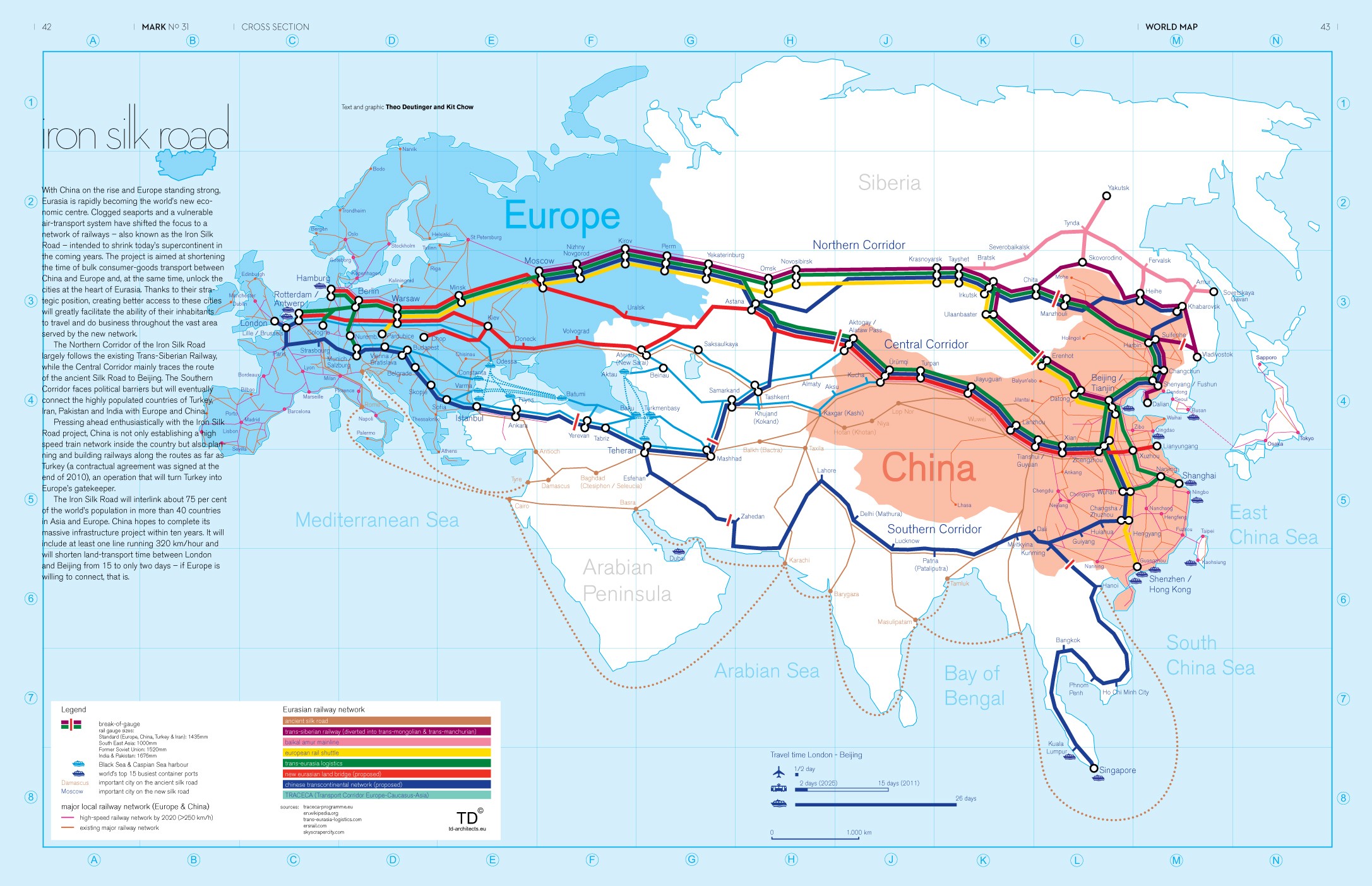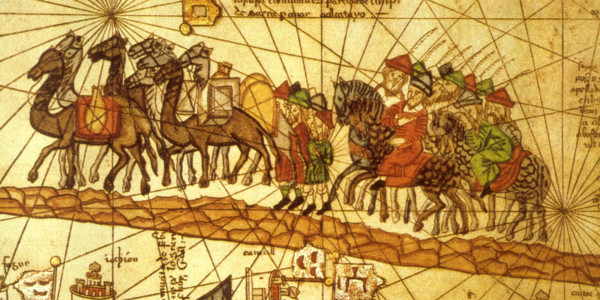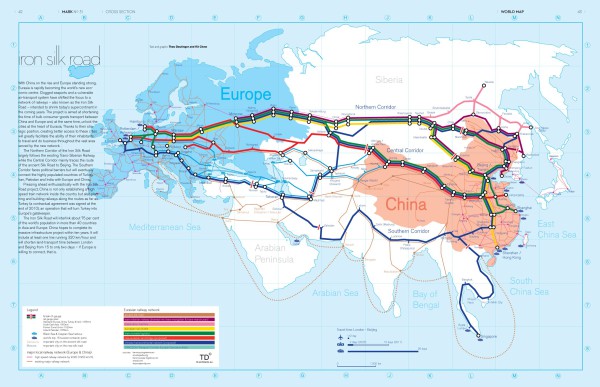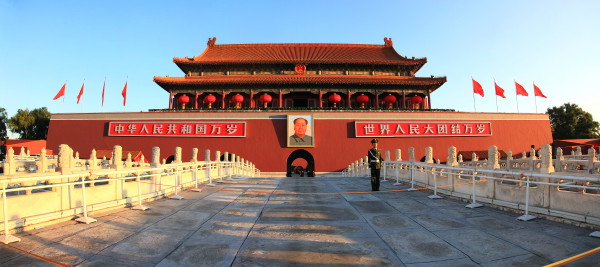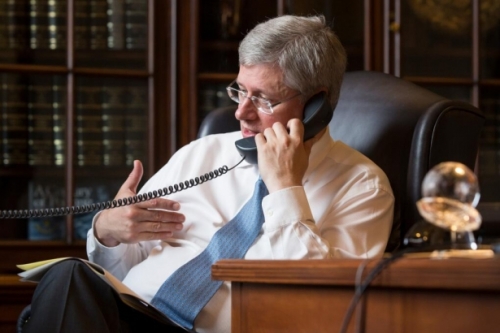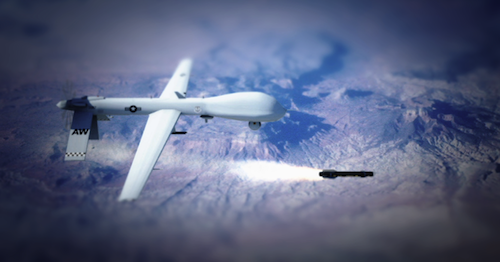Crouching Tiger, Hidden Dragon
The Arabic proverb “If speech is silver, silence is gold” suggests that there is an immeasurable value in what remains unsaid. These words perfectly describe the situation which is currently taking place in Central Asia.
In recent developments Hungary became the first country to sign a memorandum of understanding with China promoting the Silk Road Economic Belt and Maritime Silk Road. With other European countries on board with China’s “One Belt, One Road” ambitions this will usher an unprecedented level of development across Europe and Asia. Major economic trade routes such as: China-Mongolia-Russia, New Eurasian Land Bridge, China-Central and West Asia, China-Indo-China Peninsula, China-Pakistan, and Bangladesh-China-India-Myanmar will interconnect the Eurasian continent in an unprecedented manner. Details emerged that the Chinese Development Bank has planned to invest a massive $890 billion USD in over 900 projects, across 60 countries China will invest in coal and gas, mining, electricity, telecommunications, infrastructure, agriculture and the flow of trade and capital.
The Middle-man
Beijing and Astana (Kazakhstan) have established an agreement which would create free trade zones along the railway network between east and west, thereby helping Kazakhstan realize its goal of becoming the main transit point between China and Europe. The Kazakh government has nothing to lose and everything to gain when it comes to the economic trade route. For a landlocked country such as Kazakhstan, becoming the bridge between East Asia and Western Europe would give it access to untapped markets and allow it to benefit from all the trade which will journey through Central Asia.
Kazakhstan or Turkmenistan have valuable resources which they can offer to the economic trade route. India, Pakistan and the rest of South Asia have a growing demand for hydropower and natural gas which can be provided by Central Asia. Previously alienated from the world around them, Central Asia gravitated towards Russia, its former colleague in the USSR, but as China firmly and decisively works towards establishing strong economic ties with Europe, countries in Central Asia are about to get an exposure never before experienced there. The availability of natural resources would potentially turn the region into an energy marketplace where other countries on the connected on the trade route would be able to access the resources available.
With an economic trade route in Eurasia, regional security can be cultivated. Frictions and differences between countries can become diluted when faced with economic benefit for everyone. With China being at the forefront of this transnational project, the success of it will guarantee Chinese hegemony on an international level, affecting the whole of Eurasia.
Symbolism of Russia’s Trump Card
The “silk road” has granted Russia the ability to posture where it could not have done so before. Since 2008 the International Security Assistance Force (ISAF) utilized a rail and road network across Russia and the former Soviet Union as a logistics route to Afghanistan known as the Northern Distribution Network (NDN). Letting NATO and its allies to use former Soviet states as transit points highlighted the loss of influence which Russia had over its former spheres of influences. On May 15, 2015, the Russian Prime Minister Dimitry Medvedev closed the NDN.
As operations in Afghanistan may not require the level of support they did previously, the move itself is now not as detrimental to the West. The transit corridor, however, was symbolic of Western influence in the post-Soviet sphere. With the new Chinese economic trade route and the cancellation of the NDN, a shift is happening in Central Asia. Now the Chinese route gives Russia a better strategic depth in its former sphere of influence, even if China is the main benefactor. The prospect of Chinese business overshadows whatever financial gain Russia stood to achieve from letting ISAF material transit through its rail-road networks.
The New Crew
With the imminent withdrawal of most NATO presence in Central Asia as well as China economically wooing the region, the stage is set for the balance of power in the region to shift. Unprecedented investment is taking place which will result in an unprecedented amount of trade in the region. The free trade areas in major Kazakh cities and Europe cooperating with China on this economic route further implies a change in dynamics between the regions. Where once China took a backseat in many international affairs, economic hegemony will give it the status which it once had centuries before.
Pakistan will also be able to benefit immensely. The China-Pakistan trade route will establish a strong Chinese presence in the Indian Ocean through Pakistan’s seaports. Much of the trade which was previously shipped from China and travelled through the India Ocean to its destination will have the sea-route shortened by shipping out directly into the Indian Ocean from the Arabian Sea. This will mutually benefit Pakistan and China by making them interdependent for optimal maritime economic benefit. Economic domination and the inevitable reliance on trade between the East and West will result in economic hegemony for China in its neighbouring regions and, potentially in the future, Western Europe.

